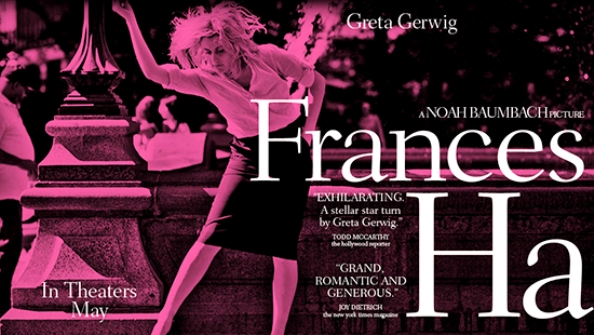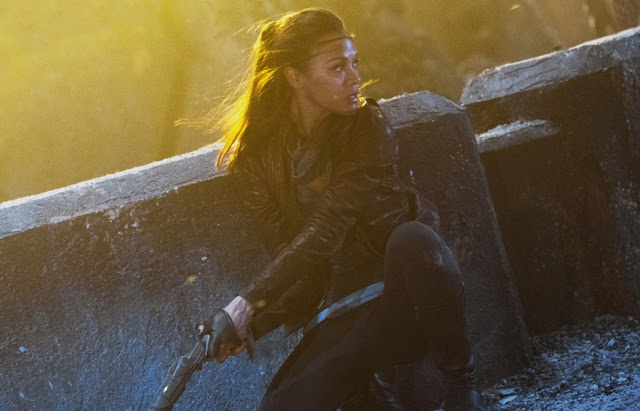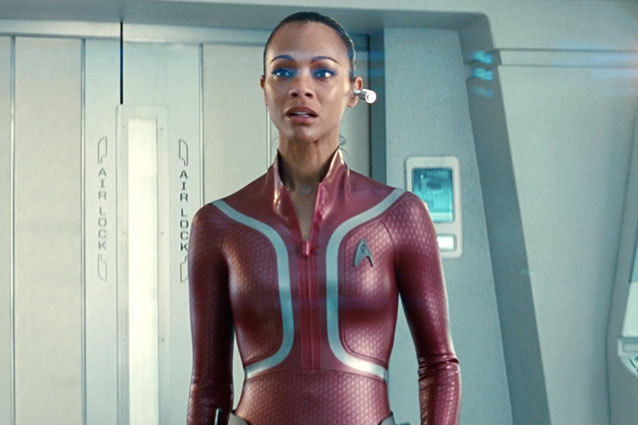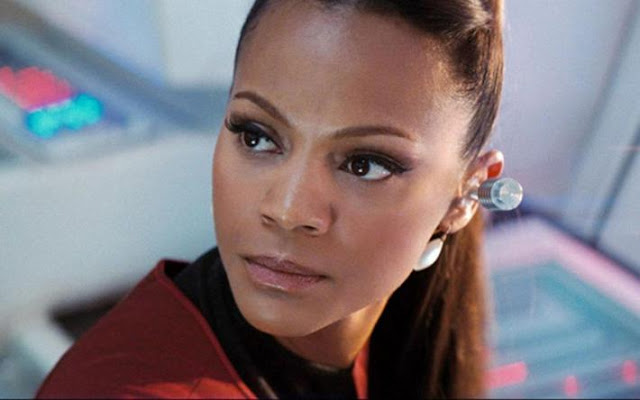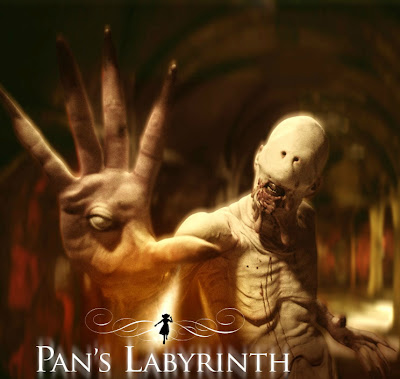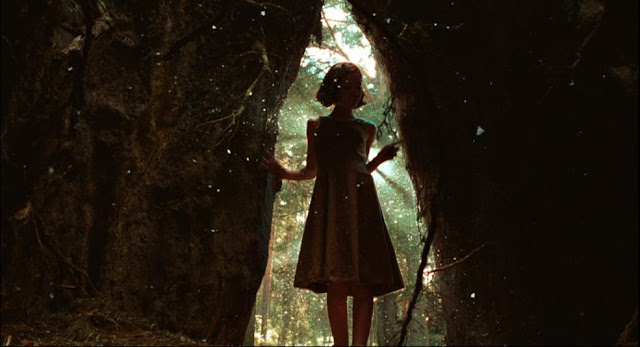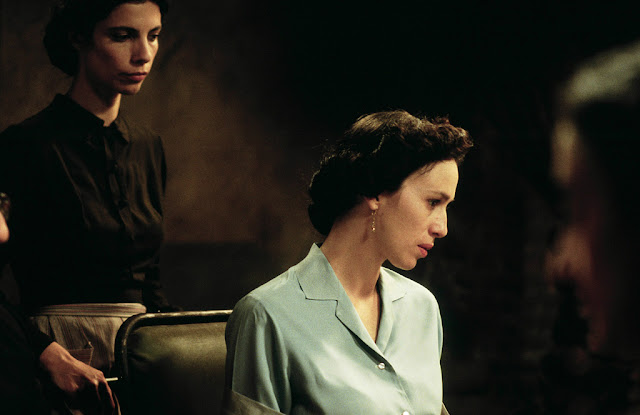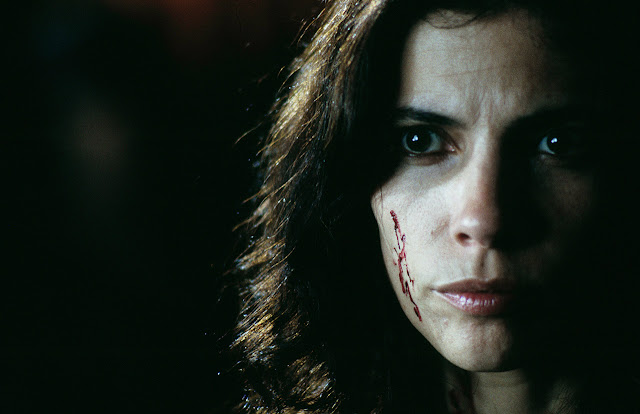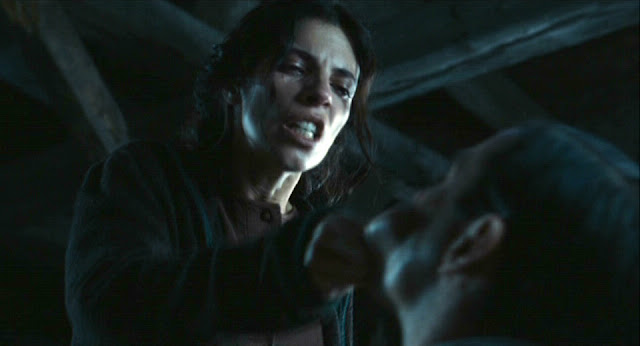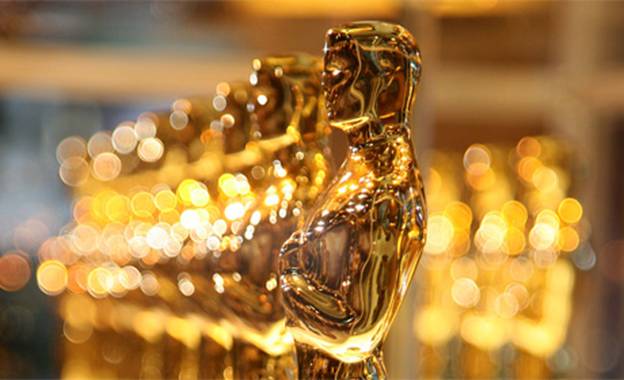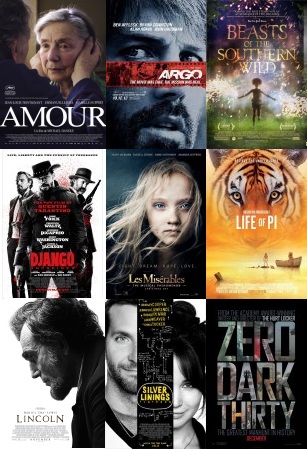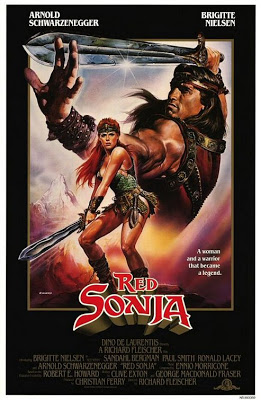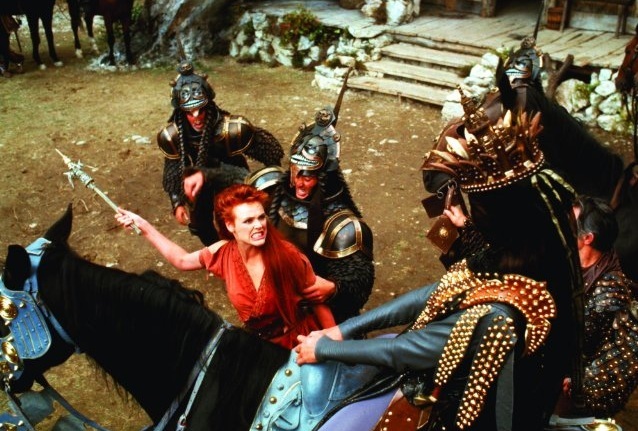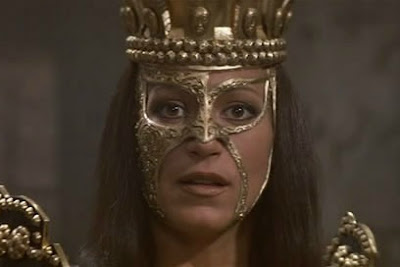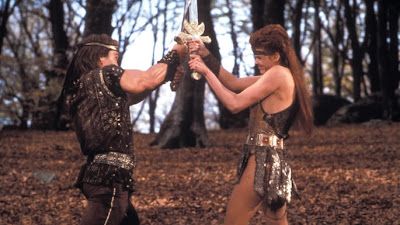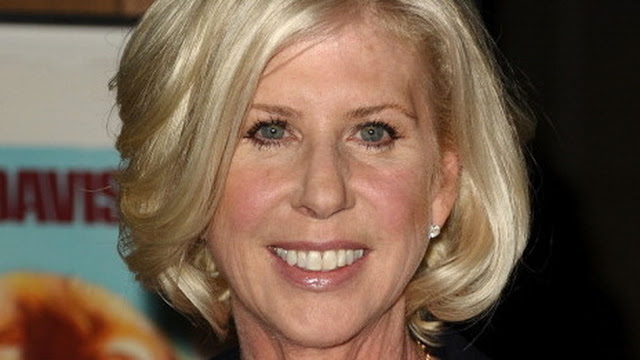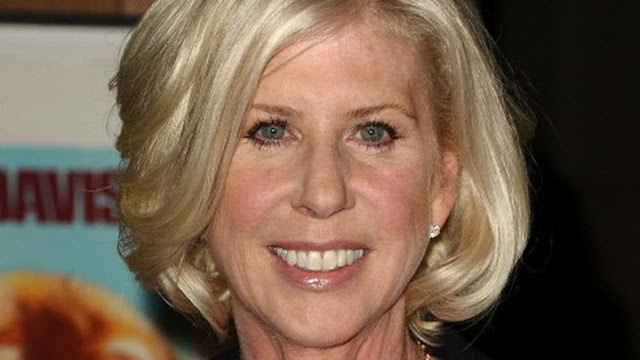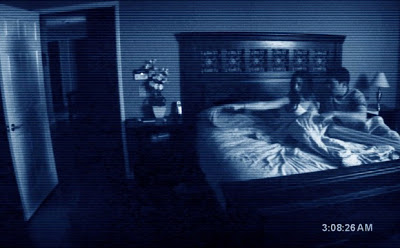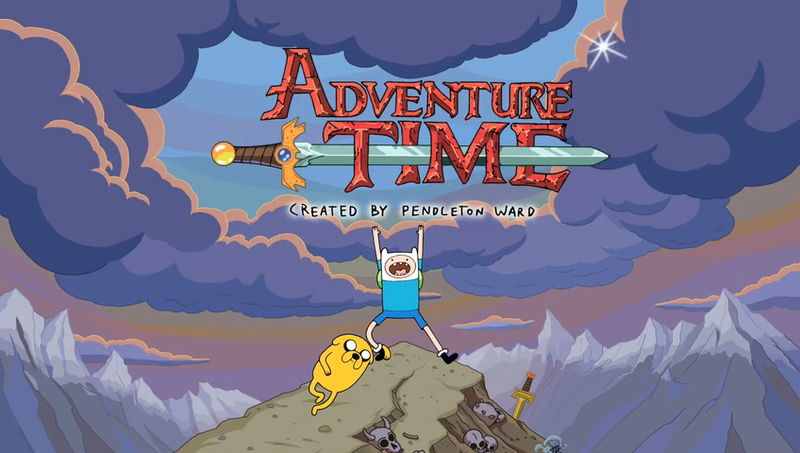 |
| Frances Ha movie poster. |
Written by Leigh Kolb
Spoilers ahead!
“27 is old.”
Frances Ha is a love letter to that idea–that 27 is old, but is, at the same time, the beginning of everything. For this generation, 27 is at that cusp between youth and adulthood and it is painful, terrifying and full of misery and joy.
The film captures that moment perfectly, and its bare French New Wave style allows the story, which focuses on, in the words of director Noah Baumbach, “That period in your 20s where you’re necessarily having to separate yourself from a kind of romantic idea of yourself,” to be on full display.
In addition to capturing that moment, Frances Ha also has at its center a friendship between two women. It easily passes the Bechdel Test, and was co-written by the actor Greta Gerwig, who plays Frances.
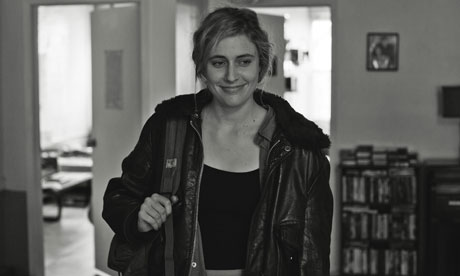 |
| “I’m not messy, I’m busy.” |
In an interview, Gerwig says that the film and its focus on evolving relationships and changing is about that “moment when you’re exiting your youth and you really only know it when it’s gone. It doesn’t announce that it’s the last day of youth, it just leaves…” While these kinds of stories are not rare, seeing the focus placed on a woman’s life and female friendship is.
Frances Ha is one of those rare films that makes a feminist’s heart grow three sizes in an hour and a half.
The female protagonist and her best friend, Sophie (Mickey Sumner), are engaged in the most important relationship on screen. Frances and her boyfriend at the beginning of the film break up (he wants to get cats and for her to move in with him; she wants to keep living with Sophie), and Sophie has a relationship with the kind of guy who wears a ball cap and says, “I have to take a leak,” but the central relationships are Frances and Sophie and Frances and herself.
 |
| Frances and Sophie’s friendship is incredibly realistic. |
Frances is an aspiring modern dancer (she’s an understudy and teaches dance lessons to children at a dance company), and anyone with minimal knowledge of the dancing profession knows that 27 is likely far too old to have any hope of joining the company, yet Frances hopes. She’s sure that this is the year she will be chosen for the company and at least get to tour.
Sophie moves out to live with an acquaintance in Tribeca, where she’s always wanted to live. Frances haphazardly becomes a roommate to two “rich kid” young men (an artist, Lev, and a writer, Benji, with wealthy parents), and she doesn’t get asked to dance in the Christmas productions, much less be a part of the company. Frances’s life–which hasn’t yet felt like it’s begun–is unraveling.
 |
| Frances, Benji and Lev. |
When she goes home for Christmas, she lies in a bathtub full of water as her mother pounds on the door: “Frances, how much longer?” she pleads.
The length of her life seems short and long, and the next step is elusive.
Through it all, Frances perseveres. She doesn’t break down, she doesn’t quit moving, even if her moves sometimes feel clunky–and real.
In what’s arguably her lowest moment, when she’s attending a dinner party with her temporary roommate who doesn’t seem to like her, Frances does break–in her own way. She drinks a bit too much and when she learns (from strangers) that Sophie is moving to Japan with her fiance, Frances decides to go to Paris.
 |
| Frances dances through the streets to David Bowie. |
“Sometimes it’s good to do what you’re supposed to do when you’re supposed to do it,” she says. At this moment, she means going to Paris–even on a charge card–and having a worldly experience. It’s disappointing, as most of those experiences that we are “supposed” to have often are. Frances is left feeling empty, and more lost than when she began.
She makes sure to be home on Monday, because the head of the dance company had requested a meeting with her. Frances–charmingly delusional–thinks she’s going to ask her to be a member of the company. Instead, she’s offered an office administration job. Frances says no. She’s not ready to move into that part of her life, where she no longer has that unfettered hope of being who she thought she was going to be.
She returns to her alma mater to be an RA during a summer dance camp (where she discovers she’s not even allowed to take dance classes) and a server for special events. It’s during this experience–the juxtaposition of her life and the college students’ lives, and her being an adult in a place of youthful potential–that something changes. She runs in to a drunk Sophie at a fundraiser. Sophie is belligerent and stays over in Frances’s dorm room. Their roles are reversed that night. Frances seems to have it all together and Sophie is falling apart.
“Your blog looked so happy,” Frances says after Sophie says she’s been miserable and won’t be marrying her fiance. They both had been struggling to do what they are supposed to do when they are supposed to do it, but it’s not working. They must separate themselves from that “romantic idea” they’d had of themselves, their “story of us” that included taking over the world, to move forward.
Frances does so by taking the administrative job at the dance company, and is able to continue choreographing. Her eyes glisten with happiness in the control booth as dancers on stage perform her choreography. As the gorgeous, disjointed dance goes on, the camera pans through the audience, focusing on all of the people in Frances’s life who care about and support her. The company owner compliments her work, gushing over the performance. Frances briefly talks to one of her old roommates, Benji, and it is clear that something might develop between the two of them. But the person she’s “making eyes” at is Sophie, her best friend.
The framing of Frances’s life around a dance career is perfect, because dance is a profession that one ages out of, and it’s so much, on the surface, about performance. Frances, as she perceives herself getting older, feels like she needs to perform to choreography not her own. When she realizes she can make her life work in another way, she’s rewarded.
In an article at Forbes, Dina Gachman notes the importance of Frances’s career trajectory, and the lesson that there’s something in between getting exactly what you think you want or settling for less:
“That doesn’t mean you should meander all over the place without a plan waiting for success to rain down on you, but one of the great things about Frances Ha is that it’s saying: It’s OK that your life and career aren’t picture perfect. Maybe the picture is just different than you imagined.”
In the end, Frances is moving into her own apartment, a sign of success, since her living arrangements have always been cause for stress and uncertainty. She’s able to work and make a living in the dance world. She’s everything she wanted to be, just in a different way.
 |
| Frances dancing in a grown-up pencil skirt. |
As she goes to put her handwritten name plate onto her mailbox, her name is too long to fit. She folds it neatly, and “Frances Ha” peeks out from the window. She did what she needed to do to make it fit, much like she did with her life. When she does figure out how to make all of the pieces fit, she gets everything she needs and realizes what she wants.
In “Why Frances Ha is the Must-See Feminist Film of the Year,” Imran Siddiquee says,
“While capturing the hilarity, awkwardness and anxiety all of us might face in our late 20s – gaining and losing best friends while pursuing what feels like an increasingly impossible dream – Frances Ha says something very specific about gender. It shows us that women can be messy, graceful, sad, funny, artistic, ambitious and caring all at once. You know, human.”
The sheer humanity on display throughout Frances Ha feels much more groundbreaking than it should. The women and men in the film are not people you aspire to be, but they are people, on some level, who you are and who you know.
After watching the film, I immediately told my best friend she had to watch it. The depiction of female friendship and the muddy misery of the mid-20s was breathtaking. There are so many art-house and Hollywood films that center on men’s coming-of-age stories, and so few about women’s. Frances Ha shows that it can be done, and it can be done well.
That moment when you are in the control booth of your life, which may not look how you thought it would, but it’s just how it’s supposed to be? That’s a great moment.
When a flawed and wonderful woman is having that moment on the big screen? That’s a great moment for all of us.
Leigh Kolb is a composition, literature and journalism instructor at a community college in rural Missouri.




